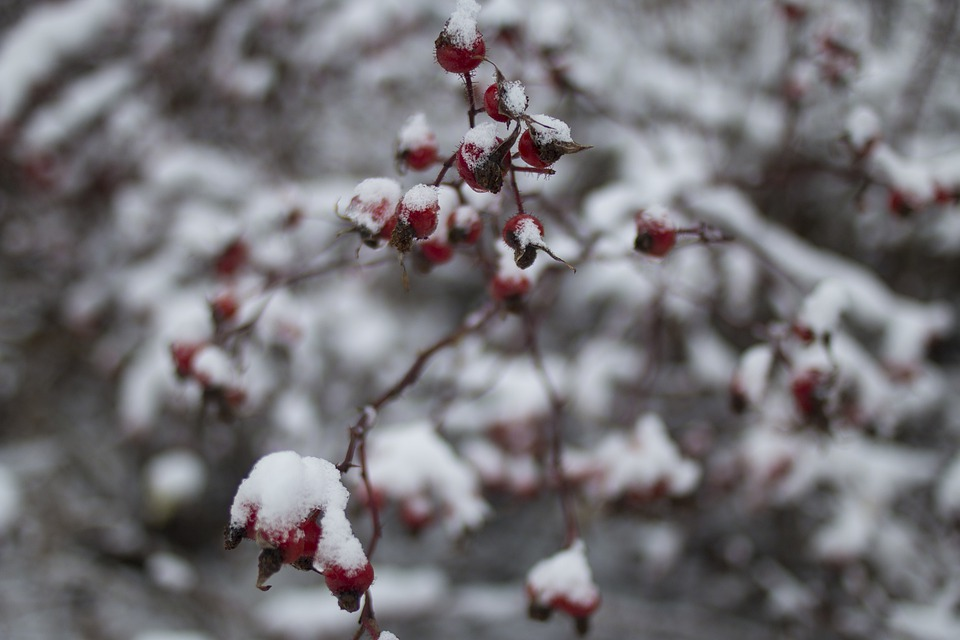
Winterizing Beds and the Garden: How to Do It
The temperatures are dropping and the days are getting shorter and foggier. Autumn is in full swing and winter won't be long in coming. Your garden will soon be quiet, but before that you should prepare it for the cold season! In this article, you can find out how to winterize your garden and what you need to bear in mind.
This Article Contains:
- Winterize Your Garden: All There Is to Do
- Preparing Beds for Winter: Harvest & Winter Sowing
- Mixed Cultivation in Winter
- Preparing Raised Beds & Potted Plants for Winter
- Bringing in Sensitive Plants for the Winter
- Tidying up the Garden and Planting Shrubs
- Set up Compost Heap
- Preserving & Storing Vegetables
- Winter Quarters for Beneficial Insects
- Frequently Asked Questions About Winterizing Beds
Quick Overview
Winterizing the Garden: A Checklist
- Winterize the beds:
- Harvesting the last summer vegetables
- Planting winter seeds and winter vegetables
- Frost protection for outdoor plants
- Soil care and fertilization
- Prepare raised beds and potted plants for winter:
- Place in a sheltered location
- Insulate with fleece or coconut matting
- Place frost-sensitive plants in a frost-free place
- Tidy up the garden and clean and maintain garden tools
- Clean garden tools and treat with linseed oil
- Put out water
- Plant fruit trees and shrubs
- Set up a compost heap or create a Benjes hedge (if there is a lot of dead wood from pruning fruit trees)
- Store or preserve vegetables
- Create winter quarters for beneficial insects
Winterize Your Garden: All There Is to Do
You can tackle various tasks to get the garden ready for winter: The last of the summer vegetables should be harvested and (potted) plants should be insulated and covered. Carrots, celery, potatoes or beet can be stored in the cellar to keep them fresh over the winter. You can also protect your open beds with mulch and start a compost heap. Beneficial insects will also be happy if you create winter quarters for them. You can find out more about these points in this article.
Preparing Beds for Winter: Harvest & Winter Sowing
The time has come and the heat-loving crops growing outdoors should be harvested. You can sow and plant winter vegetables so that your beds are not empty. After a vegetable-rich summer, however, it is also important that you take care of the soil and fertilize it with organic slow-release fertilizer if necessary.
Harvest Your Last Summer Vegetables
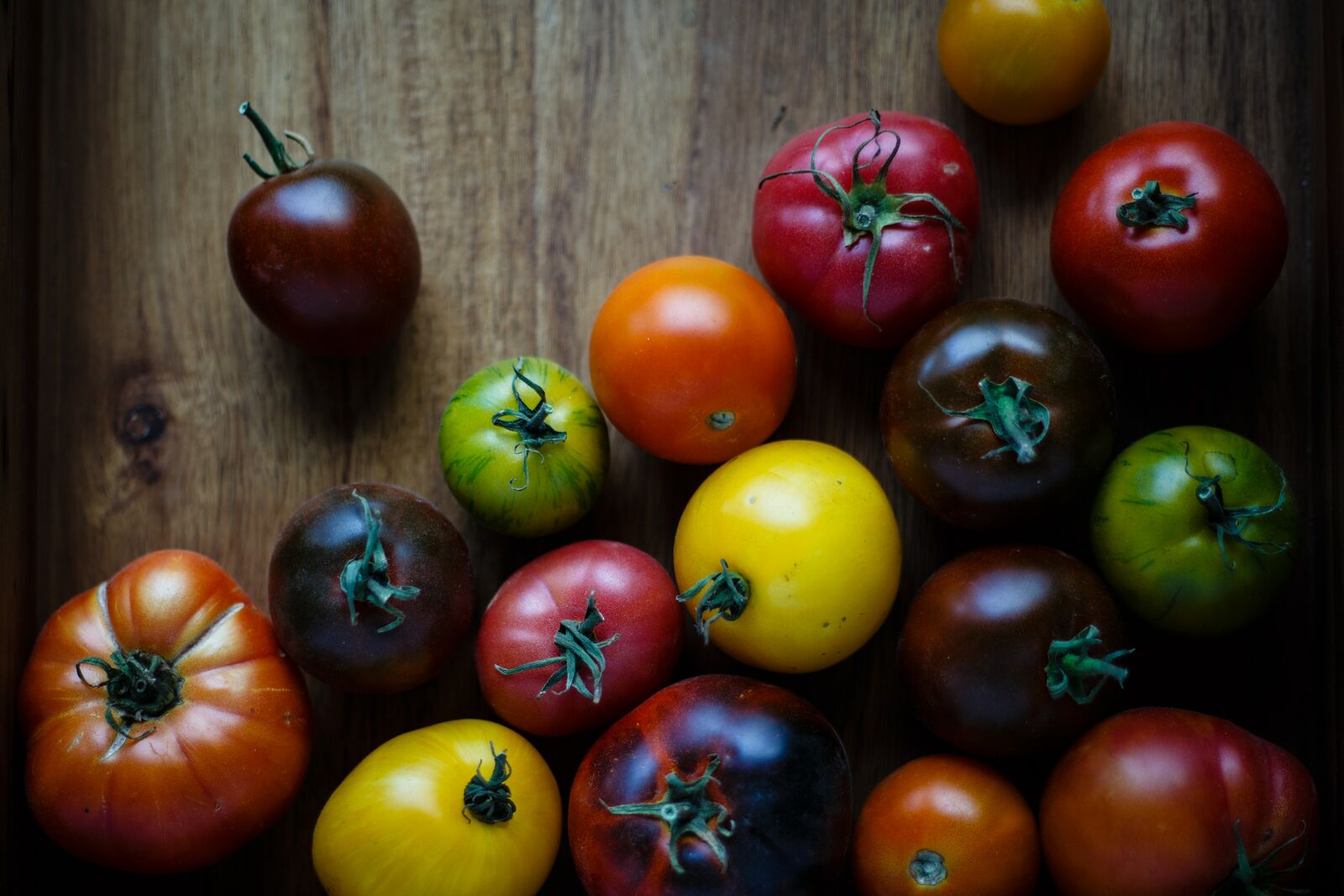
In late fall, the last harvests of the summer crops are still to come: Zucchinis, pumpkins, cucumbers, tomatoes and potatoes. As soon as the first frosts threaten, the heat-loving southerners need to be brought indoors or harvested. You can cut off the remaining green tomatoes as whole bunches with stems. Tomatoes can ripen, as they are so-called climacteric fruits. You can simply hang them up in a storage room that is not too warm. The last large zucchinis can be stored for weeks in cool temperatures. You can read more about When to Harvest Which Vegetables and Tips on the Right Time to Harvest in this article.
Tip: Apples produce the ripening hormone ethylene and allow green tomatoes to ripen faster if you place them next to them.
Planting & Sowing Winter Vegetables
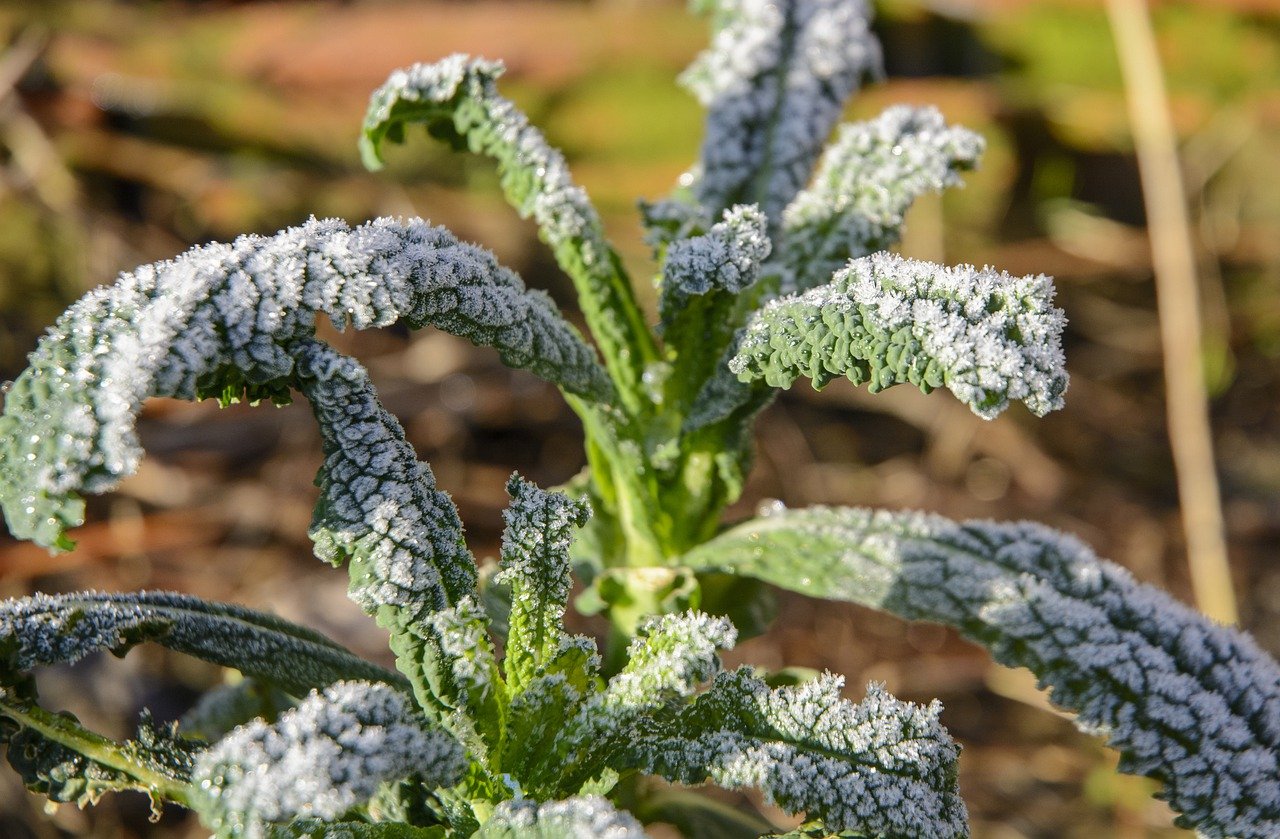
If you always want to harvest fresh vegetables from your own garden in winter, you should start planning for the winter in summer. It is important to ensure a balanced succession planting and crop rotation so that your soil remains healthy and is not overloaded! In our article on Growing and Planting Winter Vegetables , you can find out when you can grow which winter vegetables and which plants can be sown in the fall for the following year. But even in the depths of winter, from January onwards, you can sow so-called winter seeds. You can use seeds that tolerate the cold well. The seeds remain in the cold soil and start to germinate exactly when it has become warm enough for them! Cabbage and lettuce varieties, chard, spinach, carrots, radishes, parsley, dill and many summer flowers such as sunflowers, cosmeas, mallows and zinnias are suitable for this special method. You can find more detailed information in our article on Winter Sowing.
Soil Care and Fertilization
The beds that have been planted with heavy feeders this year should recover over the winter. The same applies to beds that are to be planted with heavy feeders next season. They should be enriched with manure, compost, horn shavings or another form of organic fertilizer and then left to their own devices. A good layer of mulch or protective planting is important here to protect the soil life from deadly frost. The mulch not only serves as protection against frost and erosion, it is also constantly being processed into fertilizer by microorganisms.
The nutrient-rich organic matter in and on the soil is decomposed by the next spring, making it available for your plants. As an alternative to mulching, you can also sow a green manure for protection (e.g. mustard, phacelia, clover grass, spinach). After a few weeks, cut the plants and use them as mulch.
Mixed Cultivation in Winter
You can also fill your beds with colorful mixed crops in winter. Here are some winter bed plans from experienced gardeners like Charles Dowding.

Planning a Vegetable Patch?
With our Fryd bed planner, you can easily plan a colorful mixed crop. Good and bad companion plants are displayed directly and you get tips on succession planting and crop rotation!
Plan Your Garden NowPreparing Raised Beds & Potted Plants for Winter
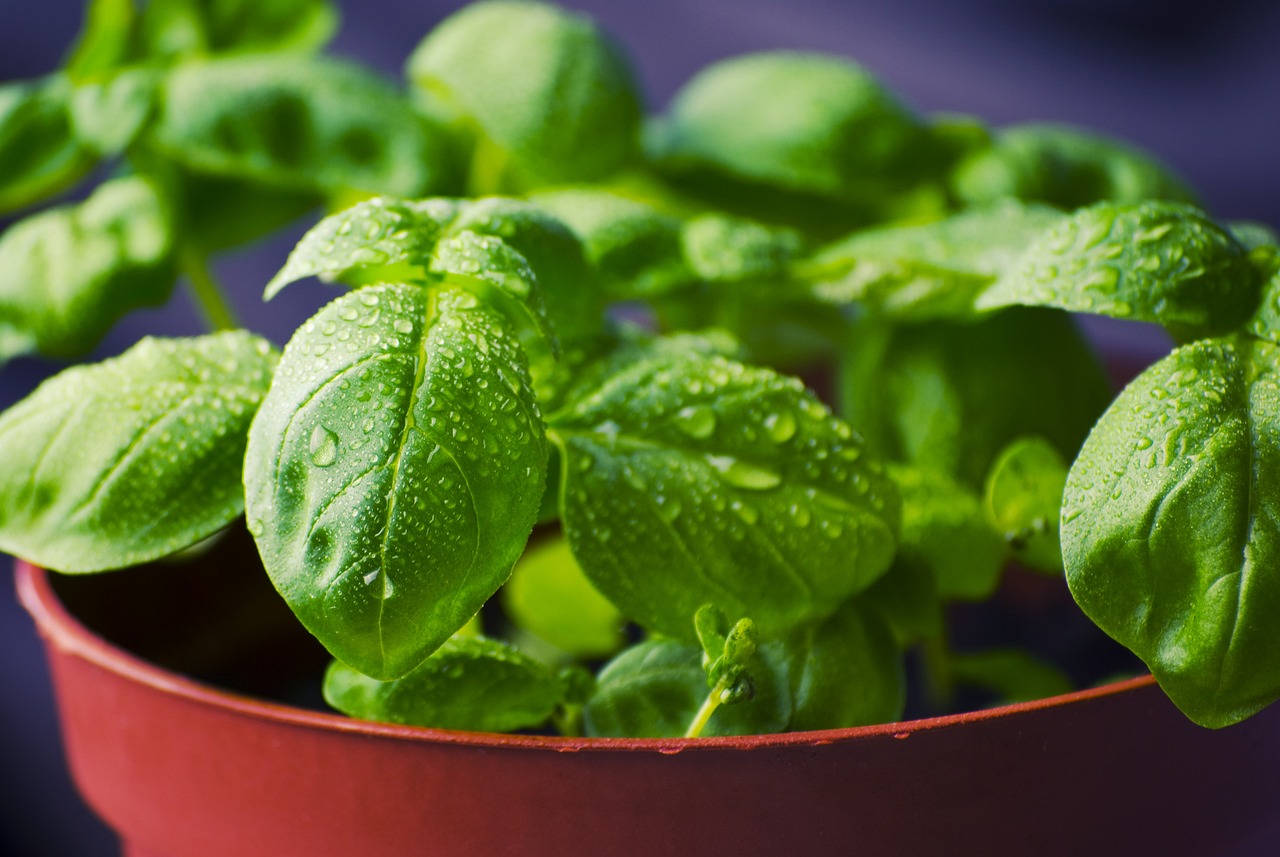
Tub and balcony plants should now be moved to a sheltered place. Hardy plants should also be protected, because as soon as the pots freeze, the plants can no longer absorb water and will die of thirst. It is sufficient for them to stand on a roofed, wind-protected house wall. The pots are well insulated so that the root balls do not freeze through so quickly. Wrap them with bubble wrap, coconut matting and polystyrene (also from below). You can cover the plant itself with fleece and brushwood. But be careful: the garden fleece must be breathable so that no moisture collects underneath!
Bringing in Sensitive Plants for the Winter
As soon as the first night frosts cover your beds with glistening ice crystals in October, we gardeners realize that summer is finally over. Now is the time to bring frost-sensitive plants indoors. It's best to keep an eye on the weather forecast from September onwards so that your plants don't freeze to death. Herbs such as lemon verbena or basil should overwinter indoors. Basil in particular is especially sensitive to the cold and can die at temperatures below 7 °C/44 °F. It is therefore best to place the herb in a bright kitchen window throughout the winter. Lemon verbena can tolerate temperatures between 0 and 5 °C/32 and 41 °F when cut back and can therefore also spend the winter in a cellar window. In well-protected spots, the perennial will even survive mild winters if you cover it carefully with tack. Mediterranean woody plants such as olive, fig or citrus trees should also spend the winter indoors if possible. Other perennial plants such as artichokes, wild rocket, Jerusalem artichokes, rhubarb, perennial cabbage, asparagus or horseradish can also easily overwinter outdoors in beds or containers. You can find more Tips on Overwintering Perennial Plants in this article.
Tidying up the Garden and Planting Shrubs
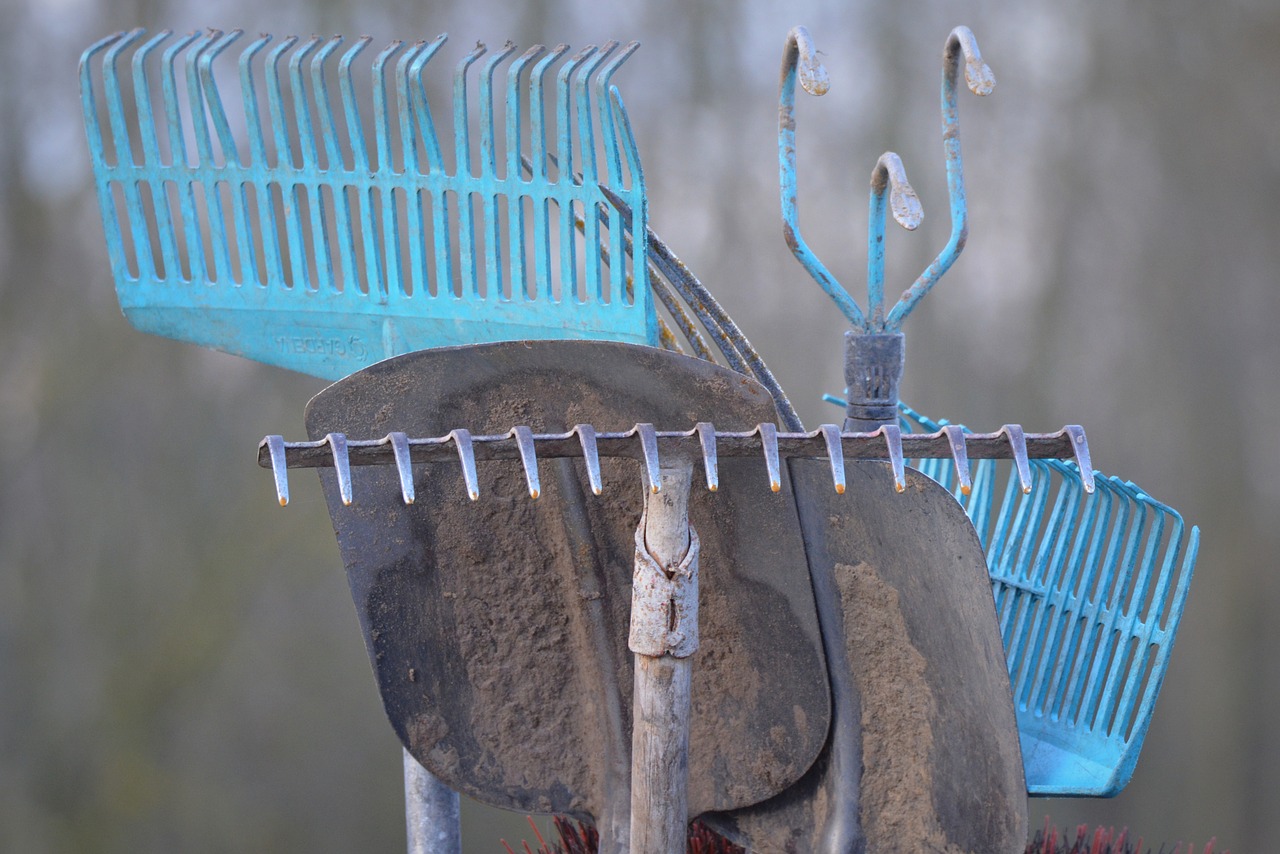
You can use November and December to tidy up your garden. Your garden tools should be cleaned and oiled. You can now store your spade, shovel and hoe in a dry place until you need them again in spring. Tools with wooden handles in particular should be stored as dry as possible to prevent them from swelling. The tool shed will also look clearer again after clearing out and sorting. The dry summer is over and you can now do without additional watering. To prevent the garden pipes from freezing and being damaged in winter, you should turn off the water outside and empty the pipes completely.
Now is also a good time to Create Raised Beds. As long as the ground is not yet frozen, you can also Plant Shrubs and Fruit Trees. In addition to fruit or nuts, you can also Create a Snack Hedge From Native Wild Shrubs. You can organize your remaining seeds so that you know which ones you need to get for the next season.
Set up Compost Heap
In the fall weeks, people are busy tidying up the garden. After the harvest and when pruning bushes, a lot of organic material accumulates. You can start by collecting the different types of garden waste next to the compost. Later, the materials are then mixed well and made into a new compost heap. In very rainy periods, your compost needs a cover to prevent it from getting too wet. Alternatively, you can use your deadwood to Create a Benjes or Deadwood Hedge, which will make the animal inhabitants of your garden very happy.
Preserving & Storing Vegetables
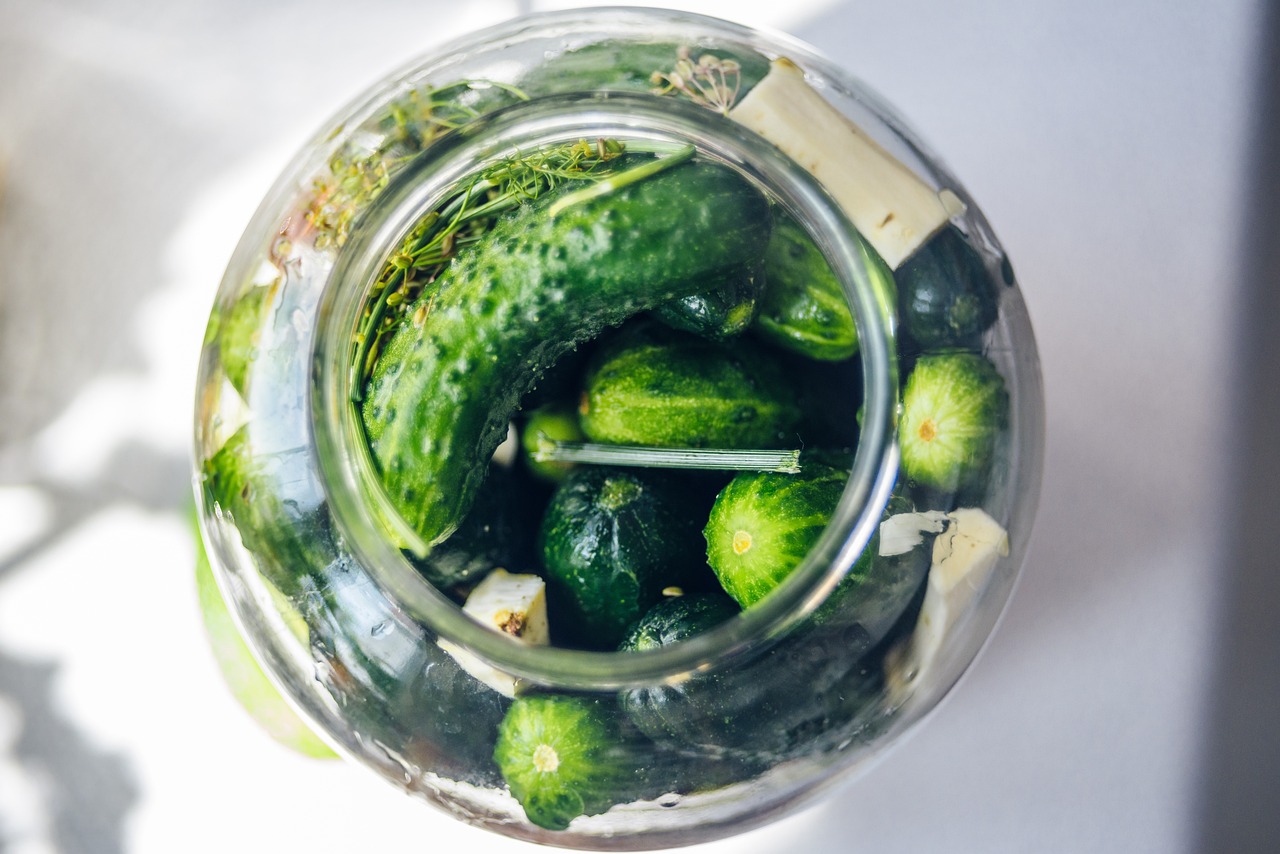
If hard night frosts are imminent, you should wrap carrots, celery, beet and root parsley in damp sand in the storage cellar. You can also store leeks and cabbages in the cellar or in an empty cold frame. In this article, you can find out What You Should Bear in Mind When Storing Vegetables and Tips on Earth Mounds and the Like. Hardy crops such as lamb's lettuce, Brussels sprouts, kale and salsify remain on the bed. You can dig up salsify and Jerusalem artichokes throughout the winter as long as the ground is not frozen. Vegetables that do not keep for long and can be stored can be pickled or canned. Vegetables such as tomatoes, courgettes and cucumbers are great for preserving. This means you can still enjoy your harvest in winter. You can read All About Preserving Fruit and Vegetables in this article.
Winter Quarters for Beneficial Insects
Now is the time when most Beneficial Insects are looking for shelter for the cold season. If you offer them this opportunity in the garden, they will be happy next spring: hedgehogs and the like will crawl out of their hiding places and be hungry for pests! They can then satisfy their hunger directly in your garden and keep your beds healthy and pest-free. If you clear the lawn of leaves when tidying up the garden, you can make great use of them for the little garden dwellers! Piles of leaves, woody debris and brushwood can simply be piled up in a quiet corner and left alone; they serve as winter shelters for many animals.
I hope I was able to give you a good overview of the gardening work in winter. If you have any questions or comments, please write to us at magazin@fryd.app.
Would you like to receive helpful gardening tips all year round and plan your own beds optimally? Then register here or download the Fryd app for Android or iOS download.
Fryd - your digital bed planner
Cover picture: emminum on pixabay.
Isabell
Current Topics in the Community

#red , #tuesday
Show 1 answer
Liked 2 times
#testpostcount

Dec 2025
Popular Articles

Companion Plants for Carrots: What (Not) to Plant With Carrots

Companion Plants for Celery : What (Not) to Plant With Celery?

Strawberry Types: List of Best Strawberry Varieties

Companion Planting With Strawberries: Companion Plants and Planting Plan

Basil Varieties & Types at a Glance

What to Plant With Cabbage: Good and Bad Companion Plants

Fertilizing Strawberries: Home Remedies & Natural Fertilizers at a Glance

Growing Sweet Potatoes: Tips on Cultivation & Companion Plants

Companion Plants for Kitchen Herbs: Chives, Parsley & Co

What Herbs Can Be Planted Together?
FAQ
First, harvest the remaining summer vegetables. If the vegetables don't keep that long, you can pickle or preserve them. You can then sow winter vegetables or green manure over the winter. You should protect your outdoor plants from heavy frost if necessary.
What can you do to prepare your garden for winter?
In addition to winter-proofing your beds, you should take particularly good care of raised beds and potted plants. These are more susceptible to frost and need to be insulated. You can also tidy up your garden and prepare for the next season. You can store or preserve the season's vegetables.
Can I grow vegetables in winter?
You can also grow vegetables in winter and fill your beds with winter seeds. To do this, you should choose frost-hardy plants and protect them from heavy frost with a fleece or something similar.
How do I winterize my raised bed?
Raised beds and potted plants are particularly susceptible to frost. You should install insulation here and wrap them with fleece or coconut matting. A warming layer of mulch also helps.